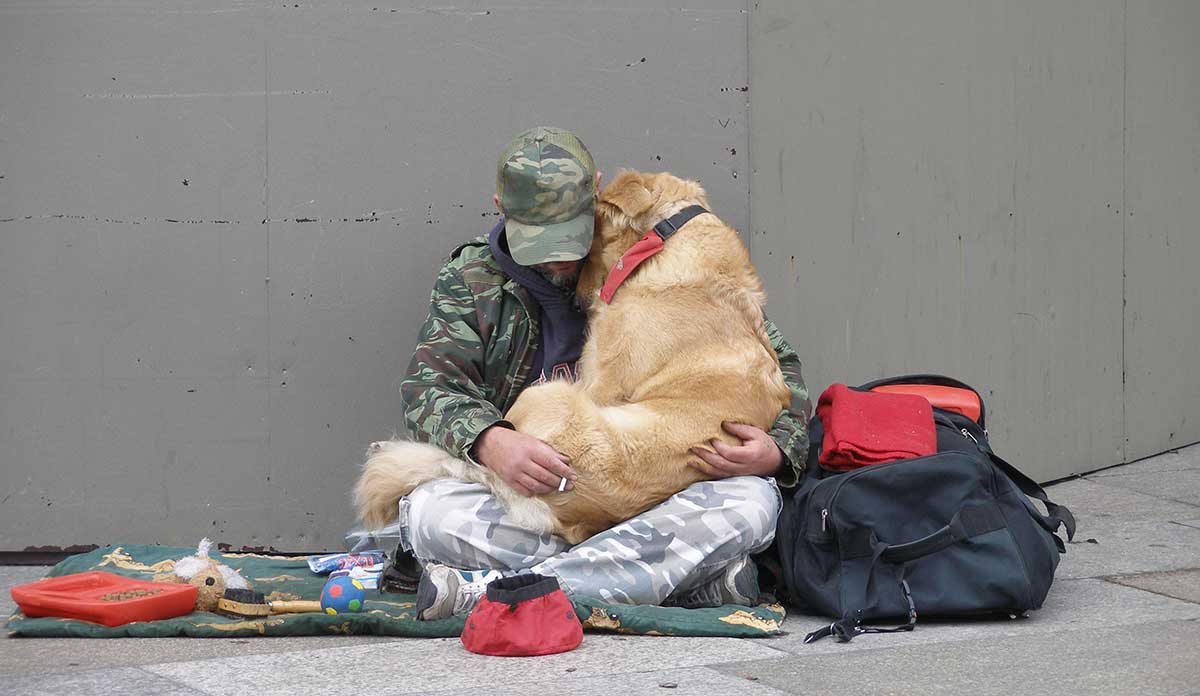In the Willa Cather novel, Death Comes for the Archbishop, the protagonist lives a long life, with death arriving peacefully. In contrast, for many persons who experience homelessness, life is short and death is not gentle.
We—a team of researchers from Boston University School of Public Health, Boston Health Care for the Homeless Program, and the US Department of Veterans’ Affairs—are conducting a longitudinal study of homeless people and the health advantages that may accrue from a mobile phone and health-related text messaging intervention. While our study is not yet completed, we have seen death and adversity come too often to our participants. To date, our sample of sixty-four has experienced at least five incarcerations, five deaths, one stroke, and one attempted suicide.
The research term, “lost to follow-up,” does not adequately describe what our team feels when we lose a participant to illness, incarceration, or death. When we learn that someone has passed or has been incarcerated, we can’t help but vicariously feel their suffering. When we sit down with a participant to complete a survey and she shares with us the hardships she’s faced that day, our natural reflex as human beings is to lend a hand. But since we are public health researchers—not clinicians or friends—we must remain objective and focus on the larger solutions related to our research question, not individual solutions for the human being sitting in front of us. This tension between humanity and research can be a source of secondary traumatic stress, a phenomenon in which individuals who care for persons exposed to trauma themselves feel the toll of that trauma. Secondary traumatic stress has been documented in various areas of health care, including social research.
A recent study at the Boston Health Care for the Homeless Program found that all-cause mortality in Boston was three times greater among the unsheltered homeless than the sheltered homeless, and nearly ten times greater than the non-homeless.
We are not the first or only study to encounter conspicuous adversity and mortality among people experiencing homelessness. Larger research studies have documented the substantial burden of illness and high death rates in this population. A recent study at the Boston Health Care for the Homeless Program found that all-cause mortality in Boston was three times greater among the unsheltered homeless than the sheltered homeless, and nearly ten times greater than the non-homeless. The most common natural causes of death were cancer, heart disease, alcohol-use disorder, and chronic liver disease, all health problems with well-established methods for prevention and treatment. Additionally, life expectancy for some homeless populations is shorter by 8 to 13 years compared to non-homeless populations.
Our research continues, but with an underlying urgency to collect data while our subjects are still able to provide it, and swiftly use our results to contribute to knowledge, interventions, and solutions that address the needs of homeless populations.
For every challenge that comes from our research, there is something to celebrate. Some of the people participating in our study have shared their excitement at receiving a first mobile phone, or being able to join our study after we developed Spanish consent and interview materials. Moreover, we have been inspired by the resilience many of our participants exhibit in spite of debilitating illness, housing instability, or precarious relationships. One participant, in spite of chronic illness and abuse, reported in our survey that he “tr[ies] to have a sense of humor and laugh…to take away the pain.” Another participant shared that his study mobile phone helped him secure health insurance and housing for himself and a friend. Moments like these counter the emotional toll of working with Boston’s homeless population, reenergize our team, and leave us better equipped to put forth evidence-based solutions that promote stability, health, and finally—like Cather’s protagonist—peace, for the homeless.
Feature image: kargig, Homeless in Köln, used under CC BY-NC-SA 2.0 for illustrative purposes only.


















